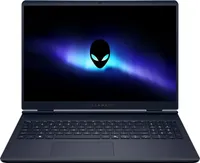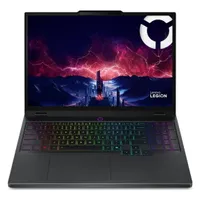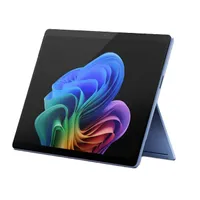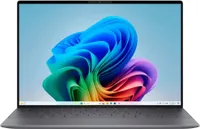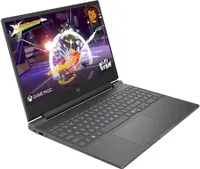Best laptop PC deals 2025 — notebook deals from Amazon, Dell, Lenovo, and others
We've gathered the top laptop deals.
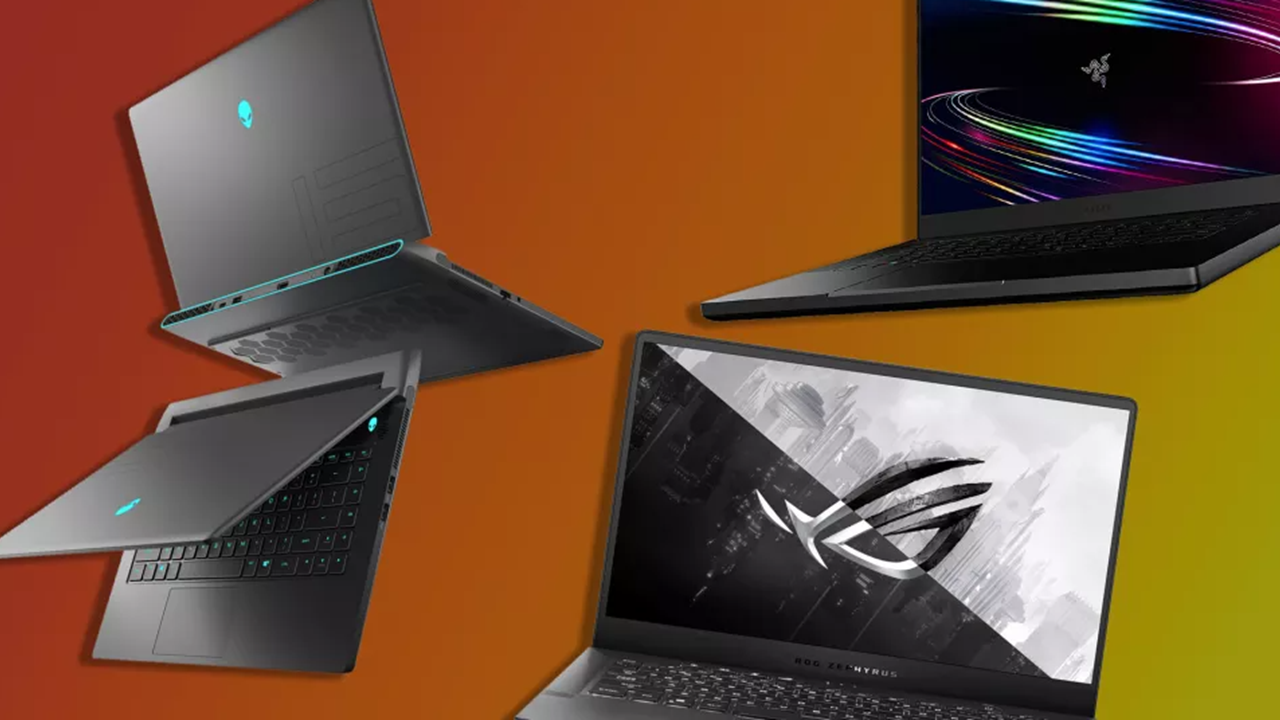
Find the biggest and best discounts on a new laptop PC. Save some of your hard-earned dollars when purchasing a laptop for work on productivity tasks. There are often big sales or events at our favorite retailers, and we're here to comb through the deals and list the best ones here.
We're using the in-depth knowledge we've gained from our thorough reviews, extensive benchmarks, and comprehensive historical price analysis to sort the good from the bad. We'll also be keeping our seasoned deal eyes out for the best bargains as they pop up.
If you spot a stellar discount, you'll need to act quickly — these deals are likely to sell out fast, and the countdown clock is ticking. If you're looking for gaming recommendations, check our best gaming laptops, best gaming laptops under $1,500, best gaming laptops under $1,000, and best gaming PCs articles.
Best Laptop PC Deals: Quick Links
- Amazon: All Gaming Laptop Deals, up to $1,000 off
- Amazon: Up to 29% off MSI Gaming Laptops
- Amazon: Best PC and laptop deals up to $1,500 off
- Amazon: Save $100's on PCs
Best Productivity Laptop PC Deals
Read moreRead less▼
Get a deal on this Aurora 16-inch laptop with a 120Hz display. Under the hood, you get a Core 7 240H CPU, 32GB of RAM, and an Nvidia RTX 5060, plus a 1TB SSD.
Read moreRead less▼
A slim gaming laptop that doesn't break the bank. With an RTX 5050 and Core Ultra 5 processor, paired with 16GB of memory, this machine is ideal for those looking to dip their toes into portable gaming. It features a modern, sober design with all the necessary ports, along with decent battery life.
Read moreRead less▼
This RTX 5060 laptop from Asus features a 14th Gen Intel Core processor, 32GB of RAM, and a roomy 1TB SSD. The 1920 x 1200 screen is plenty for what the GPU offers.
Read moreRead less▼
This 15.1-inch Lenovo gaming laptop features an Nvidia GeForce RTX 5060 mobile GPU, ready for high frame rates at 1080p, with DLSS 4 support for multi-frame gen. An eight-core AMD Ryzen 7 260 CPU, 16GB RAM, and a 512GB SSD finish off the specs.
Read moreRead less▼
There's an excellent discount available on this HP OMEN Transcend 14t-fb100, which is equipped with a Core Ultra 7 255H processor, 16GB of LPDDR5 RAM, a 1TB M.2 SSD, 14-inch 3K OLED 120Hz display, and an RTX 5060 with 8GB of VRAM.
Read moreRead less▼
The MacBook Pro with the base M4 chip adds a fan for better sustained performance. You also get a 1TB SSD, a far superior mini LED display, and far more ports than the MacBook Air, along with 24GB RAM.
Read moreRead less▼
The Surface Pro with an OLED display and Snapdragon X Elite, along with 16GB of RAM and 256GB of storage, is at a good price, but you'll still have to buy a mouse and keyboard.
Read moreRead less▼
The MacBook Air M1 is equipped with a 13.3-inch Retina display, boasting a resolution of 2560 x 1600 pixels. The device is powered by the M1 chip, complemented by 8GB of RAM and a 256GB SSD.
Read moreRead less▼
This Snapdragon X Elite-based laptop has a 2880 x 1800, 13.4-inch display, 512GB of SSD storage, and 16GB of memory.
Best Gaming Laptop Deals
Read moreRead less▼
This budget-friendly Alienware 16 Aurora model features an Nvidia RTX 5060 GPU, Intel Core 7 240H CPU, 16GB of RAM, and a 1TB SSD. This is a great budget-entry option for an Alienware laptop.
Read moreRead less▼
This budget gaming laptop has an AMD Ryzen 7 7445HS processor, 16GB of RAM, and an RTX 4050 GPU with 6GB of memory. You get a 512GB SSD and a 15.6-inch 1080p display with a 144Hz refresh rate.
Read moreRead less▼
Razer's portable powerhouse comes with an Nvidia GeForce RTX 5070, an AMD Ryzen AI 9 364, a 120 Hz QHD+ display, and 32GB of RAM.
Read moreRead less▼
Razer's portable gaming laptop comes with an Nvidia GeForce RTX 5060, an AMD Ryzen AI 9 365, a 120 Hz QHD+ display, 16GB of RAM, and a 1TB SSD for storage. With a keyboard covered in Razer Chroma RGB, this laptop is the perfect gift for a dedicated gamer.
Read moreRead less▼
This powerful gaming laptop is subtle enough to fit in anywhere. It has plenty of ports and strong gaming performance with an RTX 4070 and Intel Core Ultra 7.
More Tech Deals
Cyber Monday Live Blog |Best gaming laptop deals | Best GPU Deals | Gaming Chair | Best monitor deals | Best SSD deals | Best CPU deals | Gaming Chair | Best hard drive HDD deals | Best PC case deals | Best Dell and Alienware deals | Best 3D printer deals | Best PC peripherals deals | Best motherboard deals | Best CPU cooler deals | Best gaming chair deals | Best laptop PC deals | Best Gaming PC deals | Best RAM deals | Best Wi-Fi Router deals
Get Tom's Hardware's best news and in-depth reviews, straight to your inbox.

Stewart Bendle is a deals and coupon writer at Tom's Hardware. A firm believer in “Bang for the buck” Stewart likes to research the best prices and coupon codes for hardware and build PCs that have a great price for performance ratio.
- Ben StocktonDeals Writer
